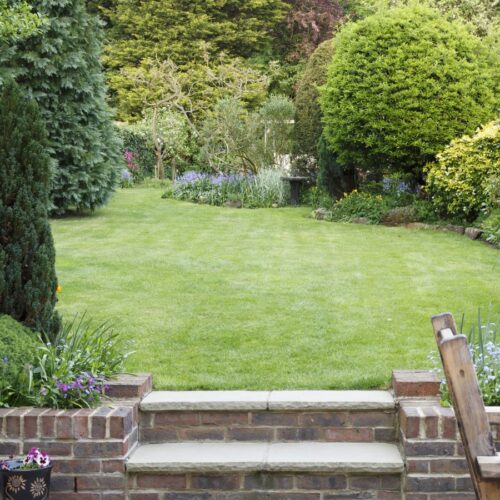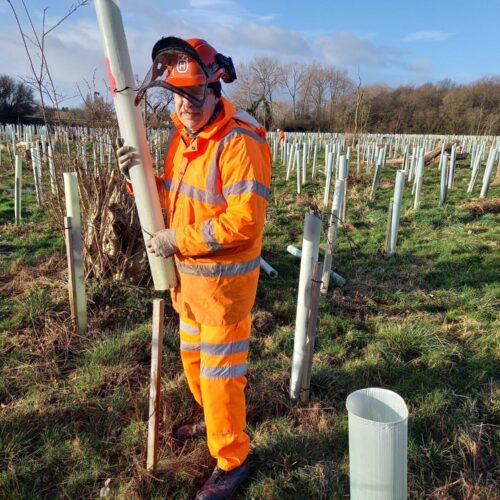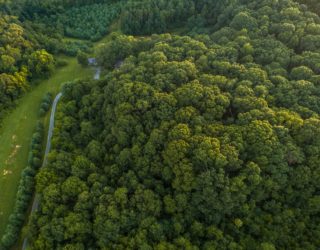On the final day of Invasive Species Week, we look at the work that organisations like ourselves do to try to combat invasive non-native species.
It is estimated that invasive species cost the UK and Ireland several billion pounds annually by direct economic impacts or through effects on ecosystem services.
Invasive non-native species can be a big problem for developers and the construction industry. The Wildlife and Countryside Act 1981 (as amended) provides the primary controls on the release of non-native species into the wild in Great Britain. In England and Wales, it is an offence to ‘plant or otherwise cause to grow in the wild’ any plant listed within the act. This means that landowners and developers are responsible for ensuring that any invasive species which are on their property do not spread, and if the infestation is bad enough, they may be ordered to remediate the invasive species on site.
Thomson Habitats works to tackle invasive non-native species all around the UK. Most commonly, Japanese knotweed, giant hogweed, and Himalayan balsam.
We undertake a range of treatments which are appropriate to the species in question, the client’s site, the size of the infestation, and potential impact the species may have on the development.
Methods for removal include herbicide spraying, hand-pulling and cutting, excavation and on-site bunding or burial, and excavation and off-site disposal.
Aquatic invasive weeds are also a problem, and in fact only this week it was reported that floating pennywort has reached record highs in the UK. Aquatic weeds often need to be removed by specialist means such as weed-cutting boats or long-reach excavators.
Challenges
Carrying out the works at the correct time of year is important. Herbicide treatment is most effective during the growing season (Mar-Sept), as the plants need to be able to absorb as much herbicide as possible through their leaves. In addition to herbicide spraying, Himalayan balsam can also be pulled out by hand or cut. This should happen before the plant’s seed pods form following flowering in June.
Disposal of invasive plants off-site can only be done by a registered waste carrier, who must dispose of the waste on an officially licensed tip. Herbicide spraying can only be done by an operator who holds a certificate of competence, and if spraying near or in water, permission from the EA is required.
Accidental spreading of the invasive species is also a risk. Maintaining the biosecurity of these sites is of paramount importance, and washing stations are often set up on site to clean boots and equipment prior to leaving the site.
If you are concerned that you may have invasive species on your property, it is best to seek expert advice. Thomson Habitats has a team of professional staff with extensive experience of consulting on, managing and monitoring sites with invasive species infestations. Call us on 01483 466 066 or email us at [email protected]











